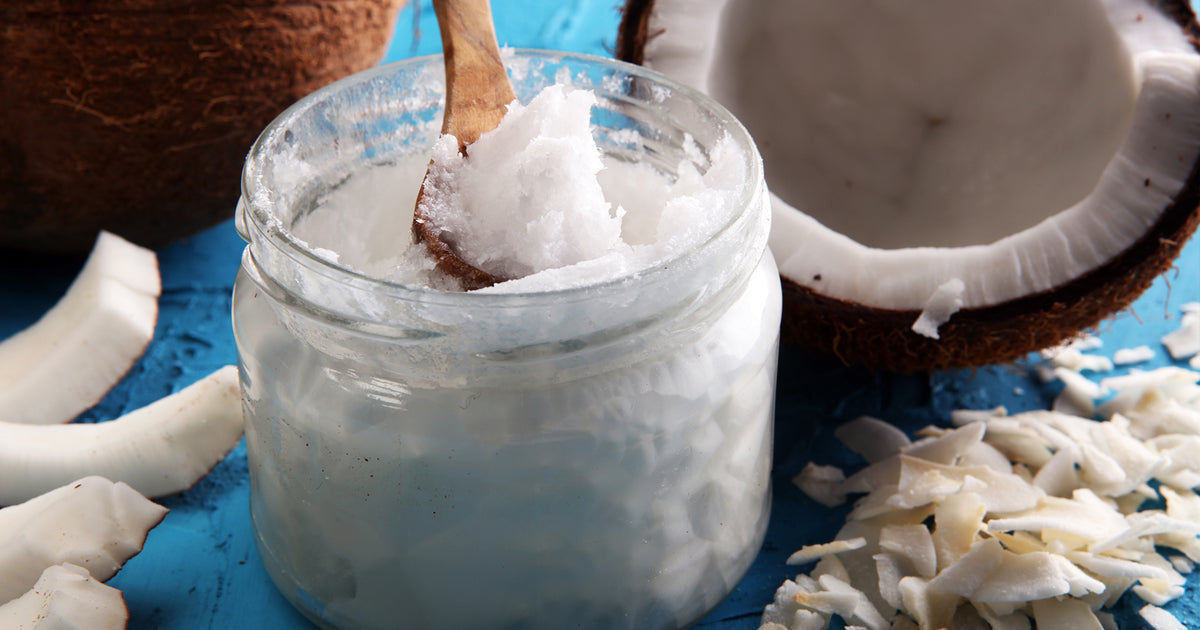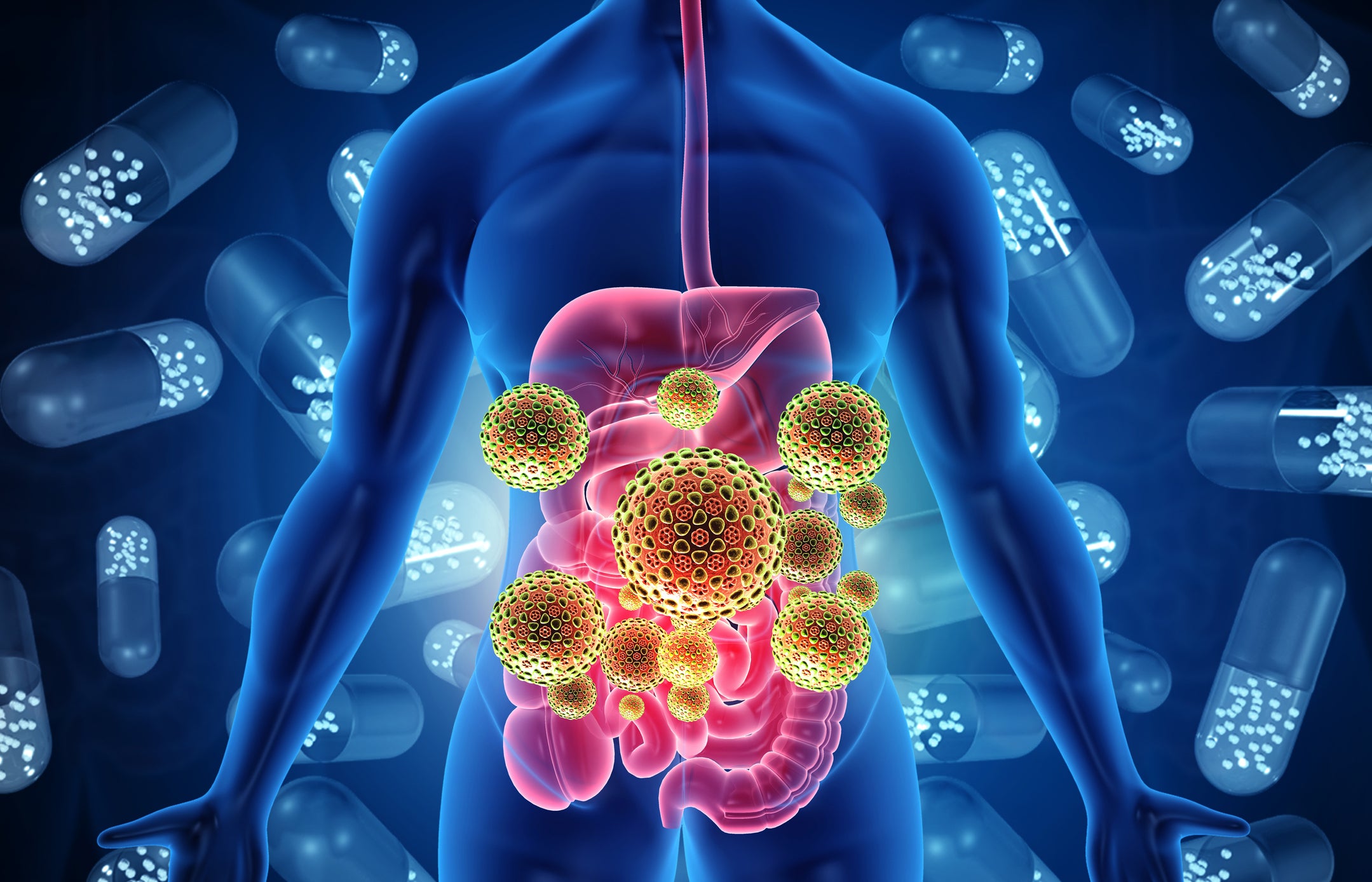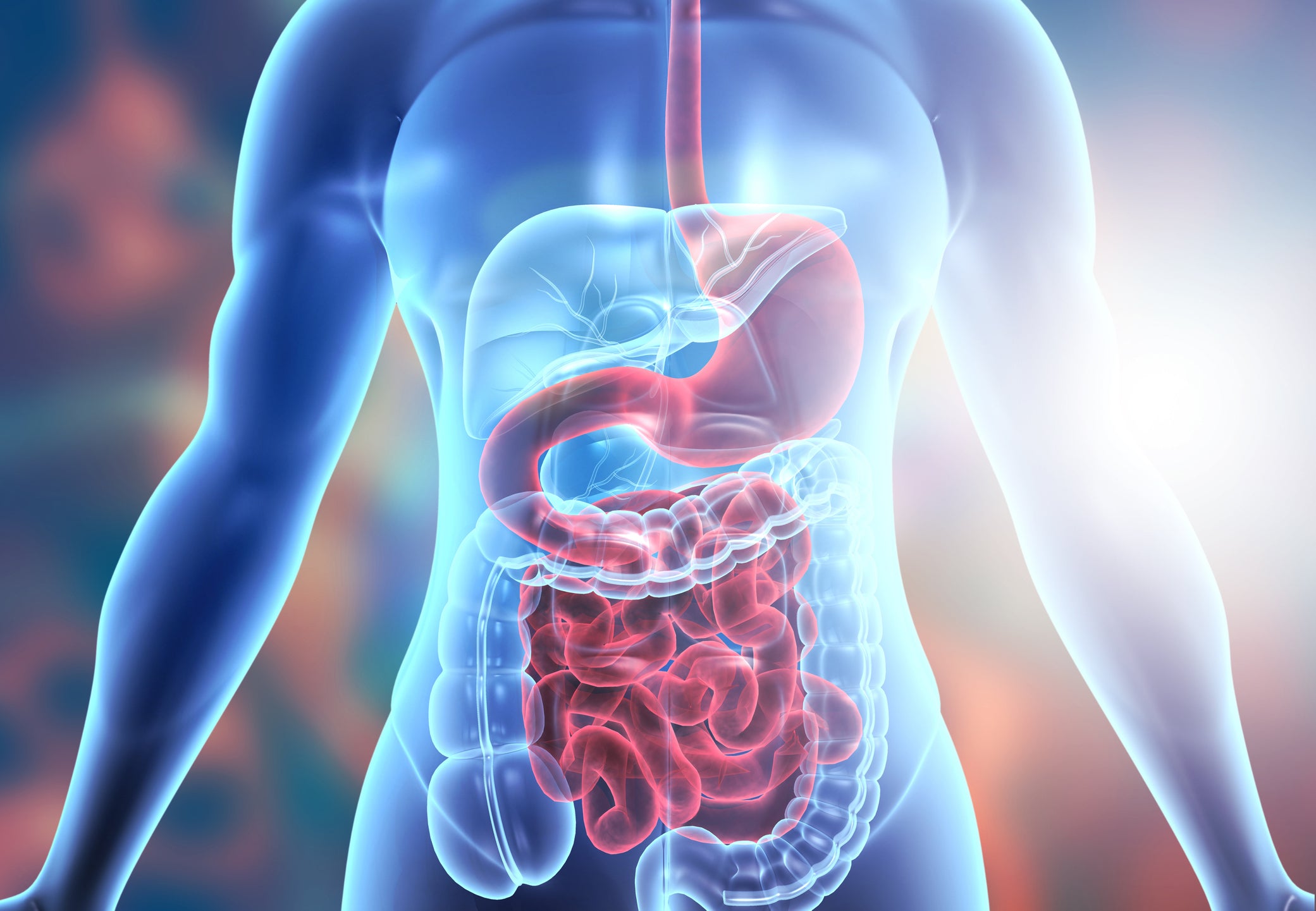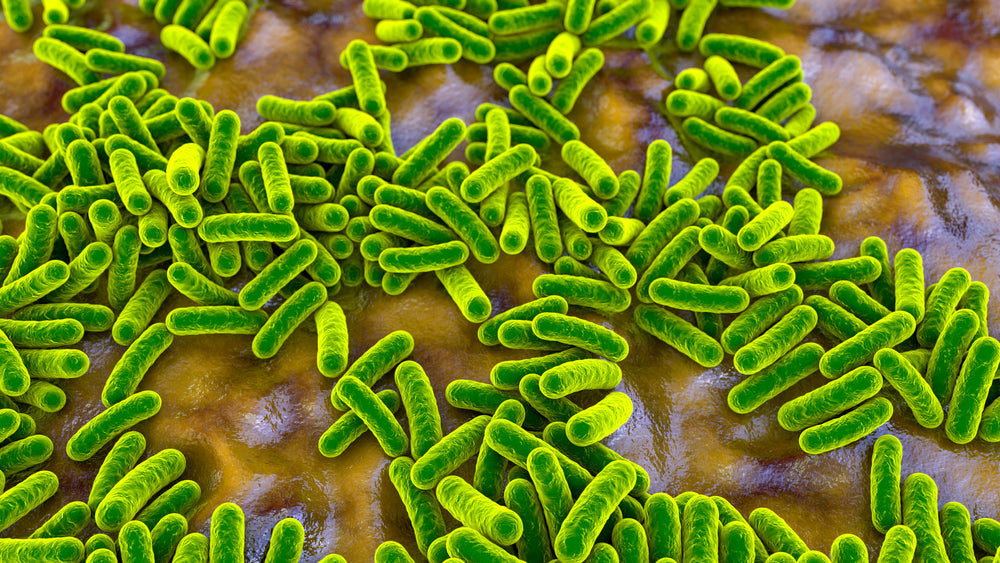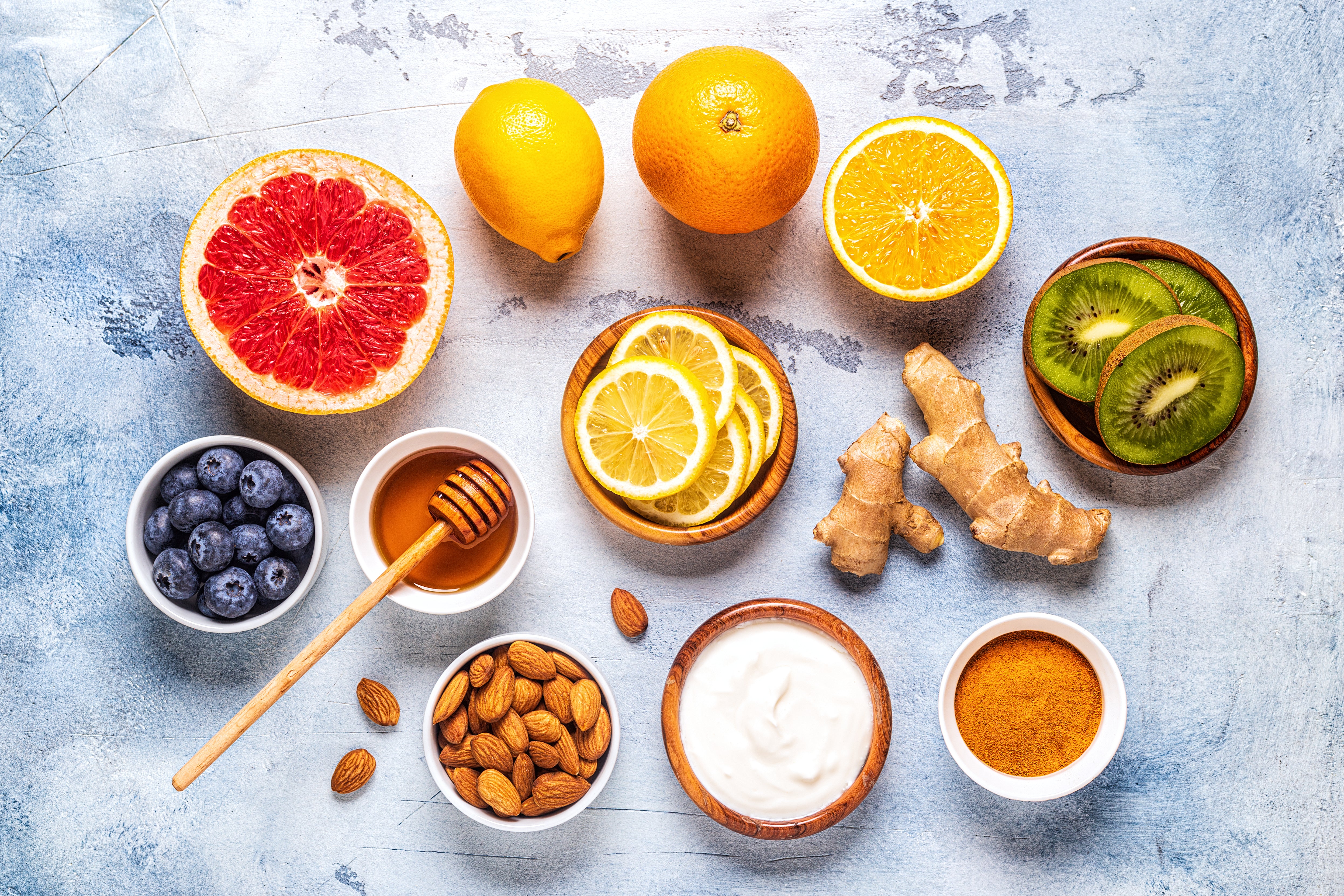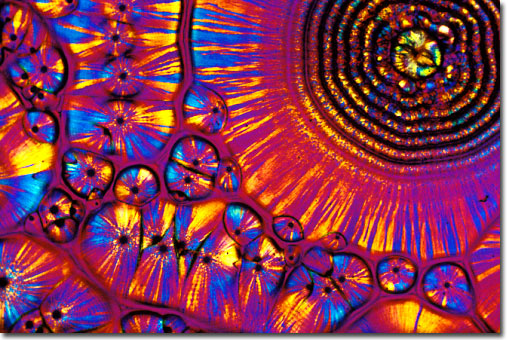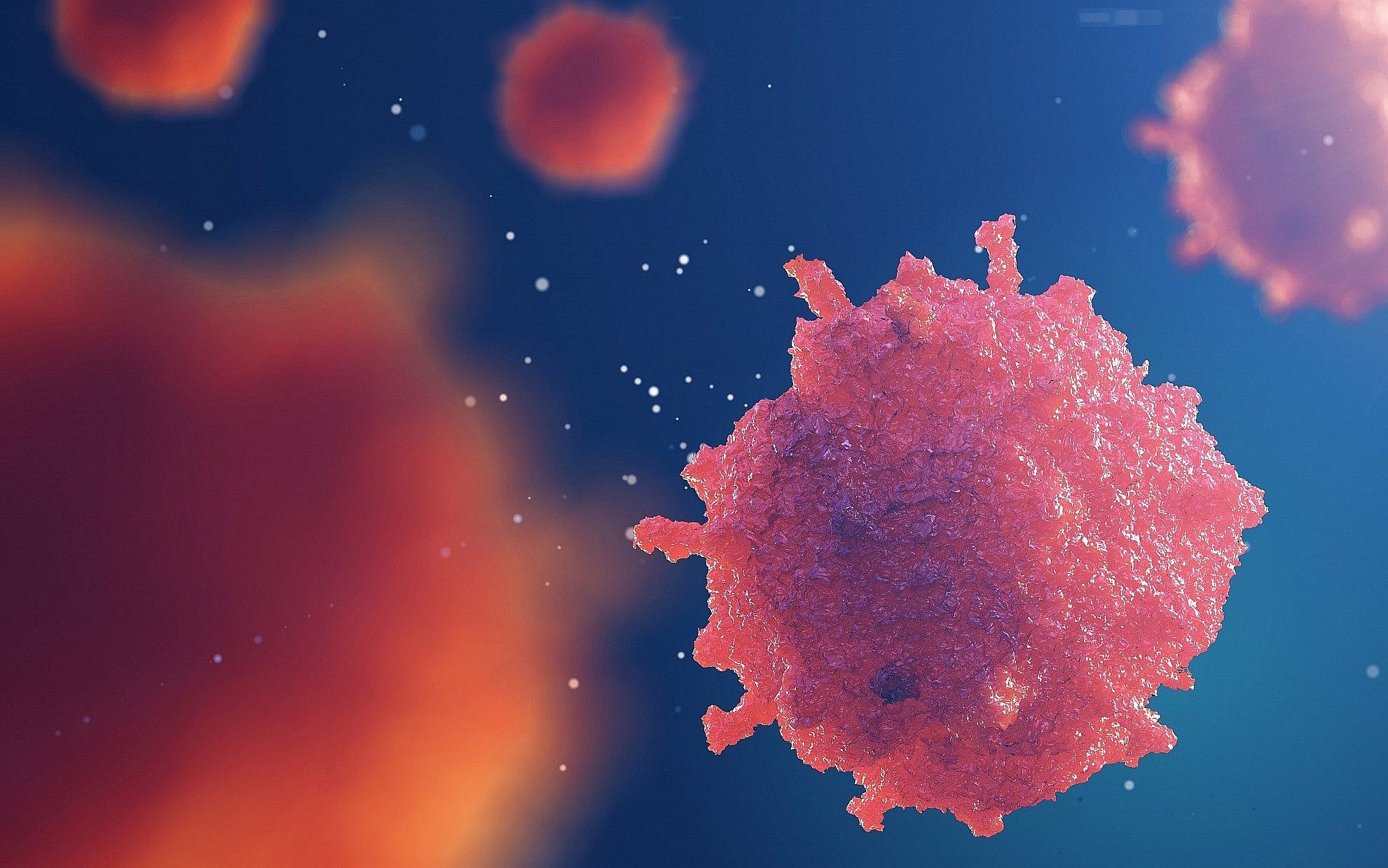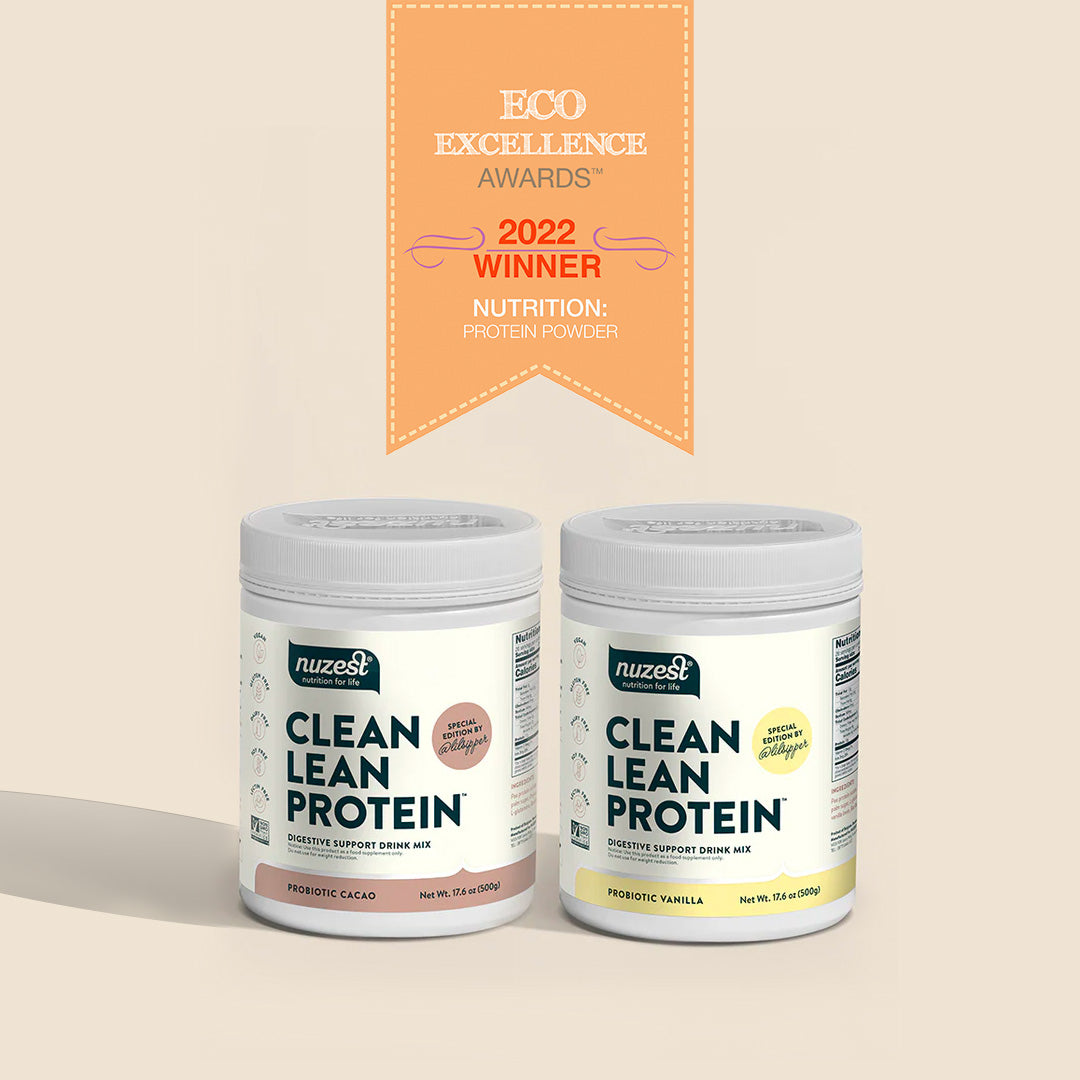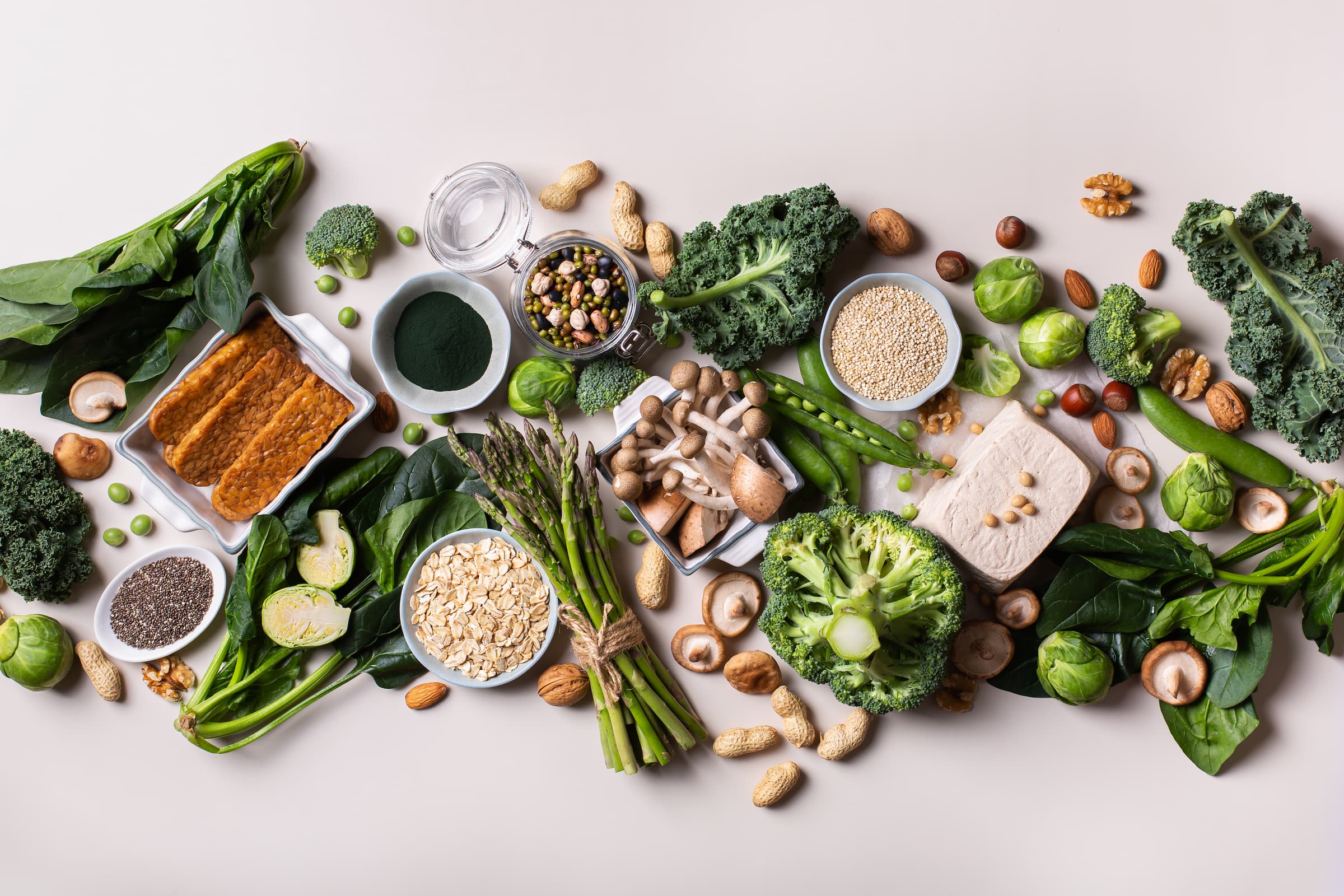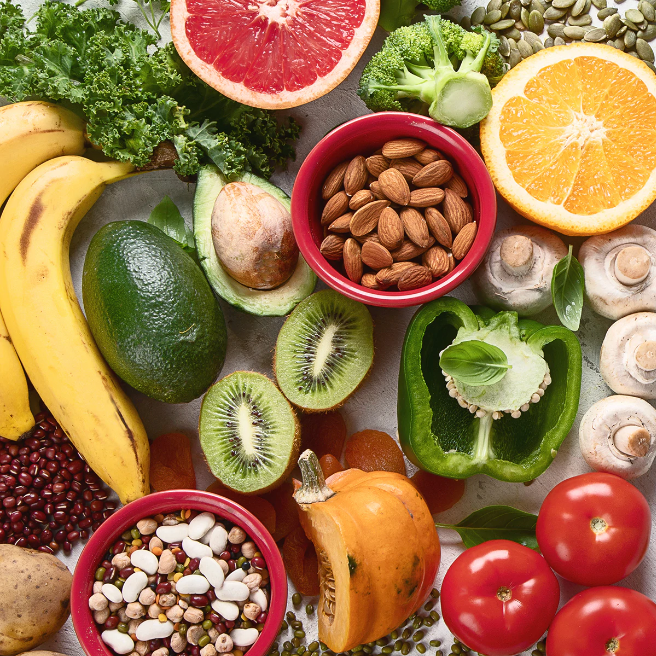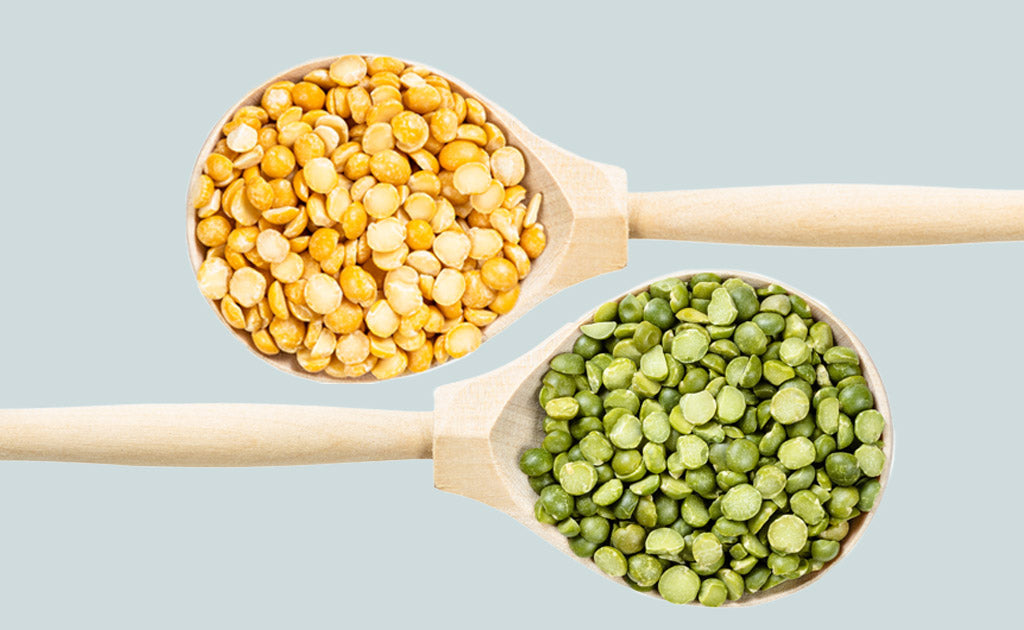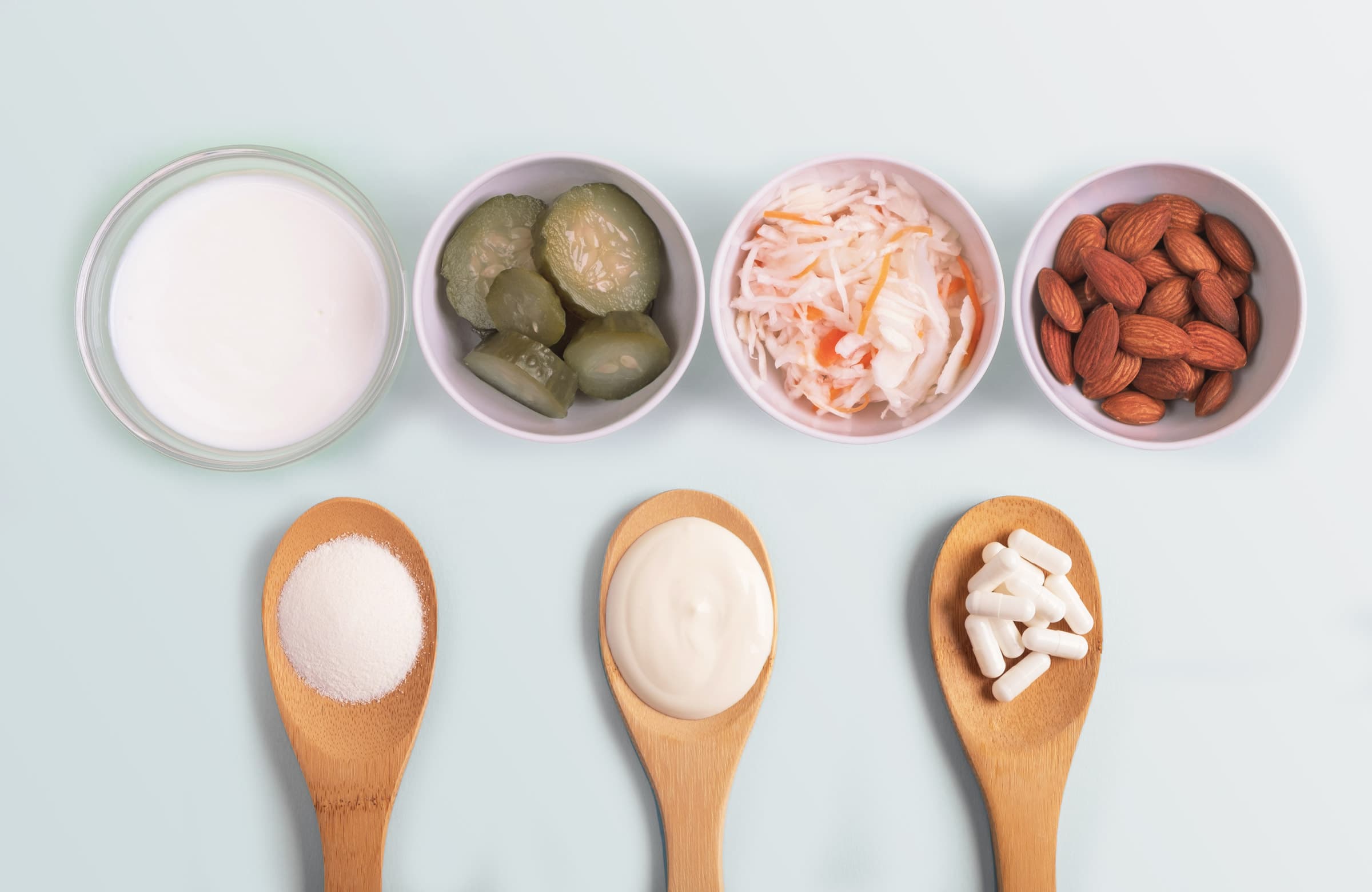I should know a little bit about MCTs…I’ve been using them in clinical practice for around 20 years, and I even did my Master’s degree research on MCTs and ketogenesis! I guess you could say I’m an MCT nerd. Want to know what the deal is with MCTs? Read on to learn everything you need to know about MCTs.
MCTs in Brief
Medium Chain Triglycerides (MCTs) are a novel type of fat found in small amounts in dairy foods like butter and cheese, and in palm and coconut oil. MCTs aren’t digested and absorbed in the same way as normal dietary fats, and this gives them interesting benefits for health and performance:
- MCTs are fats (triglycerides) containing fatty acids between 6 and 12 carbon chains in length.
- The most active MCTs are those containing 6-10 chain length fatty acids (caproic, caprylic, and capric acids).
- They can be transported directly to the liver, from the gut, to be converted into ketones.
- These ketones provide beneficial fuel for the body and brain.
MCTs in Depth
MCTs are a particular type of dietary fat. Fat itself is the lay-term we use for a triglyceride. A triglyceride consists of a glycerol backbone with three fatty acids attached to it. Dietary fats that we eat are almost always triglycerides, but most contain long fatty-acid chains (greater than 12 carbons in length). MCTs are rare in the diet and are found in small amounts in dairy foods and in palm and coconut oils. Coconut oils are especially rich in a medium-chain fatty acid (MCFA) called lauric acid that is 12 carbons in length. The other MCFAs are fatty acids comprised of 6-10 carbons in chain length. These MCTs are caproic (C6), caprylic (C8), and capric (C10) acids.1
Long chain fats, which include most of the dietary fats that we eat, require the action of bile and phospholipids in the gut to break up the fat into smaller packets for digestion. Once they have been absorbed into the intestinal wall, they are bundled up into chylomicrons (a protein transport molecule) so that they can be delivered to the body via the lymphatic system. MCTs do not require the actions of bile, and rather than the standard absorption and transport pathways, they are instead transported directly to the liver for conversion into bio-available ketone fuels. Early animal studies have demonstrated the ketogenic (ketone producing) effect of MCTs and indicated an approximately nine-fold increase in ketone body production after ingestion of MCT versus LCT,2,3 and it is well known that MCTs promote both an immediate boost in ketones and encourage the creation of ketones from other fat types in both animals2,3 and in humans.4
What are Ketone Bodies?
So, what are these ketone fuels anyway?
The ketone bodies that we produce when on a ketogenic diet, when fasting, or when taking MCTs, are an alternate brain- and body-friendly fuel derived from fatty acids (and some amino acids).
The ketone bodies are Acetoacetate, ß-hydroxybutyric acid (BOHB), and Acetone. These ketone bodies are produced through a process called ‘ketogenesis’ in the liver. Acetoacetate is the primary ketone body, and this is converted to BOHB, which functions as the main ketone fuel. BOHB can be used by most tissue in the body, and most importantly, is easily used by heart tissue as a preferred fuel, as well as muscle tissue, and the brain and central nervous system (which usually relies on glucose for fuel.) This ability of the brain and nervous system to use ketones is pretty amazing!
In a natural state (think of a caveman running around on the Savannah!), there’d be times when carbohydrate foods would be scarce. A restriction of carbohydrate results in reduced insulin levels, reduced lipogenesis (the creation of fats), and fat accumulation. When glycogen (your stored carb reserve) becomes insufficient to supply the glucose necessary for normal fat oxidation and for the supply of glucose to the CNS, an alternative fuel source is needed.
The CNS typically doesn’t use fat for fuel for two reasons:
- The common dietary fats (consisting of long chain fatty acids) are usually bound to a protein called albumin and can’t cross the blood-brain barrier.
- Use of fats in the brain demands more oxygen than using glucose, which can starve brain cells of oxygen! This results in oxidative damage and impaired fuel provision to those neurons (not good!).5
But some dietary fats (such as short and medium chain triglycerides), and ketones, are able to cross the blood-brain barrier easily (as they are not bound to albumin), AND they do not promote the same raft of problems usually resulting from fat metabolism in the brain.5
Why Would I Want to Include MCTs in my Diet?
MCTs have some interesting properties that can make them a great addition to your diet:
- They encourage the creation of brain- and body-friendly ketone fuels.
- They might improve mood and cognition (mental performance).
- They reduce the time taken to reach nutritional ketosis .
- They reduce symptoms of carbohydrate restriction commonly known as keto-flu.
- They can aid your fat-burning efforts.
Increased creation of ketones
Compared to other types of fats, MCTs increase ketogenesis, the process in the body of producing ketone bodies to use as fuel.6-9 These ketone bodies (usually just called ketones) can be used as a preferred fuel by most tissue in the body, even brain cells.
If you want to be in ketosis, MCTs help you to get (and stay) there
Ketogenic diets were originally used with great success to treat childhood epilepsy and have been used for this purpose since the 1920s.10-13 Since that time, ketogenic and other low carbohydrate, high fat (LCHF) diets have demonstrated a host of benefits for many other health conditions and for improving sports (especially endurance) performance.
When ketogenic diets were first being investigated, they relied heavily on fasting, and on extremely high-fat diets (with up to 80% of calories from fat) to achieve nutritional ketosis.14,15 This became known as the Johns Hopkins Protocol (after the university hospital of the same name) and is now commonly called a classic or standard ketogenic diet.
In the 1970s, researchers demonstrated that a ketogenic diet could have as little as 60% calories from fat and much more protein and carbs, and still achieve the same levels of blood ketones if the diet included a high proportion of medium chain MCTs.16,17 More recently, my team and I have also demonstrated that MCTs reduce symptoms of keto-flu and might help induce ketosis more quickly.
Improved mood and mental performance
The ketones created when we take MCT oils increase mitochondrial efficiency (how efficiently we use fuels, especially fat-for-fuel) and help to supplement the brain's normal reliance on glucose.18 For this reason, MCT-supplemented diets improve mental performance in those with Alzheimer’s Disease and age-related cognitive decline.19,20 They have also been shown to aid cognition and protect against the effects of hypoglycemia (low blood sugar) in diabetics.21 In our research, we have observed that MCTs improve mood in those following a ketogenic diet (paper currently in peer-review).
Improved cardiometabolic health
MCTs raise serum triglycerides (fats in the blood) less than standard dietary fats.22,23 High triglycerides are a key indicator of heart disease and stroke risk, and are one of the first markers that clinicians look to reduce. Experimental studies demonstrate that dietary MCTs reduce fat deposition, increase thermogenic rate (calories burned), and fat burning. Additionally, several reports suggest that MCTs help preserve insulin sensitivity, both in animal models and patients with Type 2 Diabetes.24
Greater muscle retention post-injury and while dieting
Due to the easily-used nature of MCTs, they can help to reduce muscle and other tissue breakdown after injury or trauma.25
MCT-containing foods can be a great addition to your diet. They provide a great source of fuel that can help to improve your mental and physical performance, as well as help you to maintain your optimal body shape more easily. Try Clean Lean Protein Functional Flavors in Coffee Coconut + MCTs for a tasty and satisfying serving of MCTs in every cup.
References
- Marten B, Pfeuffer M, Schrezenmeir J. Medium-chain triglycerides. International Dairy Journal. 2006;16(11):1374-82.
- Bach A, Schirardin H, Weryha A, Bauer M. Ketogenic response to medium-chain triglyceride load in the rat. The Journal of nutrition. 1977;107(10):1863-70.
- Yeh YY, Zee P. Relation of ketosis to metabolic changes induced by acute medium-chain triglyceride feeding in rats. The Journal of nutrition. 1976;106(1):58-67.
- St-Onge M-P, Ross R, Parsons WD, Jones PJH. Medium-Chain Triglycerides Increase Energy Expenditure and Decrease Adiposity in Overweight Men. Obesity Research. 2003;11(3):395-402.
- Schonfeld P, Reiser G. Why does brain metabolism not favor burning of fatty acids to provide energy[quest] - Reflections on disadvantages of the use of free fatty acids as fuel for brain. J Cereb Blood Flow Metab. 2013;33(10):1493-9.
- Mingrone G, Greco AV, Castagneto M, De Gaetano A, Tataranni PA, Raguso C. Kinetics and thermogenesis of medium-chain monocarboxylic and dicarboxylic acids in man: sebacate and medium-chain triglycerides. JPEN Journal Of Parenteral And Enteral Nutrition. 1993;17(3):257-64.
- Jiang ZM, Zhang SY, Wang XR, Yang NF, Zhu Y, Wilmore D. A comparison of medium-chain and long-chain triglycerides in surgical patients. Annals Of Surgery. 1993;217(2):175-84.
- Lai H, Chen W. Effects of medium-chain and long-chain triacylglycerols in pediatric surgical patients. Nutrition. 2000;16(6):401-6.
- Sandström R, Hyltander A, Körner U, Lundholm K. Structured triglycerides were well tolerated and induced increased whole body fat oxidation compared with long-chain triglycerides in postoperative patients. JPEN Journal Of Parenteral And Enteral Nutrition. 1995;19(5):381-6.
- Lefevre F, Aronson N. Ketogenic Diet for the Treatment of Refractory Epilepsy in Children: A Systematic Review of Efficacy. Pediatrics. 2000;105(4):e46.
- Keene DL. A Systematic Review of the Use of the Ketogenic Diet in Childhood Epilepsy. Pediatric Neurology. 2006;35(1):1-5.
- Neal EG, Chaffe H, Schwartz RH, Lawson MS, Edwards N, Fitzsimmons G, et al. The ketogenic diet for the treatment of childhood epilepsy: a randomised controlled trial. The Lancet Neurology. 2008;7(6):500-6.
- Levy RG, Cooper PN, Giri P, Pulman J. Ketogenic diet and other dietary treatments for epilepsy. The Cochrane Library. 2012.
- Livingstone S. Comprehensive Management of Epilepsy in Infancy, Childhood and Adolescence. Archives of Disease in Childhood. 1972;47(255):842-.
- Livingston S, Pauli LL, Pruce I. KETOGENIC DIET IN TREATMENT OF CHILDHOOD EPILEPSY. Developmental Medicine and Child Neurology. 1977;19(6):833-4.
- Huttenlocher PR. Ketonemia and Seizures: Metabolic and Anticonvulsant Effects of Two Ketogenic Diets in Childhood Epilepsy. Pediatr Res. 1976;10(5):536-40.
- Huttenlocher P, Wilbourn A, Signore J. Medium‐chain triglycerides as a therapy for intractable childhood epilepsy. Neurology. 1971;21(11):1097-.
- Henderson ST. Ketone Bodies as a Therapeutic for Alzheimer's Disease. Neurotherapeutics. 2008;5(3):470-80.
- Reger MA, Henderson ST, Hale C, Cholerton B, Baker LD, Watson GS, et al. Effects of β-hydroxybutyrate on cognition in memory-impaired adults. Neurobiology of Aging. 2004;25(3):311-4.
- Cunnane SC, Courchesne-Loyer A, St-Pierre V, Vandenberghe C, Pierotti T, Fortier M, et al. Can ketones compensate for deteriorating brain glucose uptake during aging? Implications for the risk and treatment of Alzheimer's disease. Annals of the New York Academy of Sciences. 2016;1367(1):12-20.
- Page KA, Williamson A, Yu N, McNay EC, Dzuira J, McCrimmon RJ, et al. Medium-Chain Fatty Acids Improve Cognitive Function in Intensively Treated Type 1 Diabetic Patients and Support In Vitro Synaptic Transmission During Acute Hypoglycemia. Diabetes. 2009;58(5):1237-44.
- Calabrese C, Myer S, Munson S, Turet P, Birdsall TC. A cross-over study of the effect of a single oral feeding of medium chain triglyceride oil vs. canola oil on post-ingestion plasma triglyceride levels in healthy men. Altern Med Rev. 1999;4(1):23-8.
- Kasai M, Maki H, Nosaka N, Aoyama T, Ooyama K, Uto H, et al. Effect of Medium-chain Triglycerides on the Postprandial Triglyceride Concentration in Healthy Men. Bioscience, Biotechnology, and Biochemistry. 2003;67(1):46-53.
- Nagao K, Yanagita T. Medium-chain fatty acids: Functional lipids for the prevention and treatment of the metabolic syndrome. Pharmacological Research. 2010;61(3):208-12.
- Lindgren BF, Ruokonen E, Magnusson-Borg K, Takala J. Nitrogen sparing effect of structured triglycerides containing both medium-and long-chain fatty acids in critically ill patients; a double blind randomized controlled trial. Clinical Nutrition. 2001;20(1):43-8.
